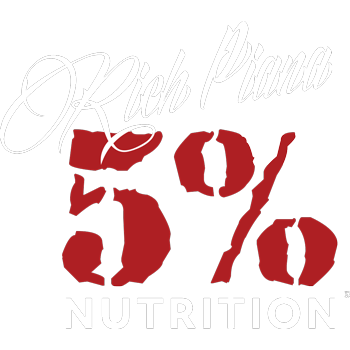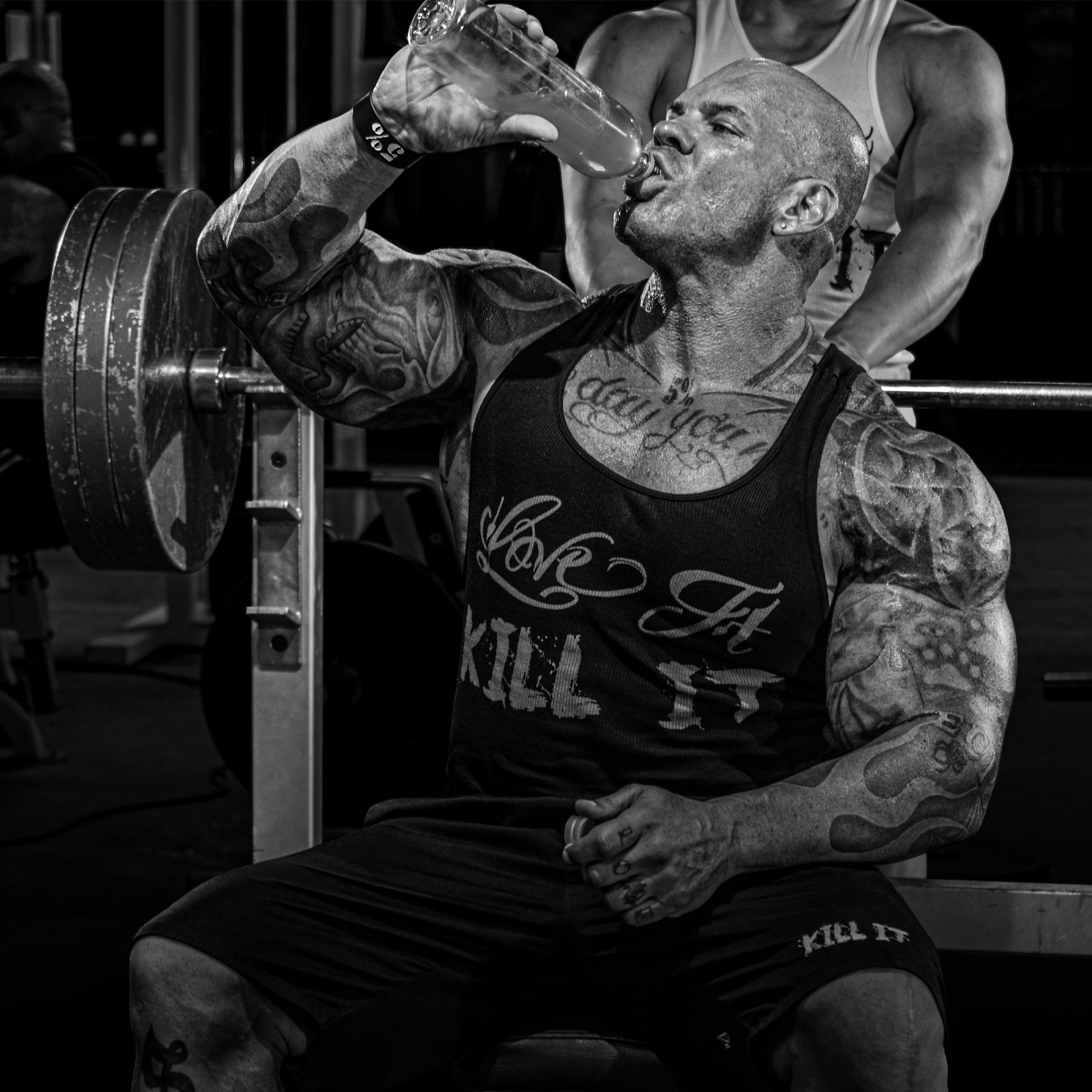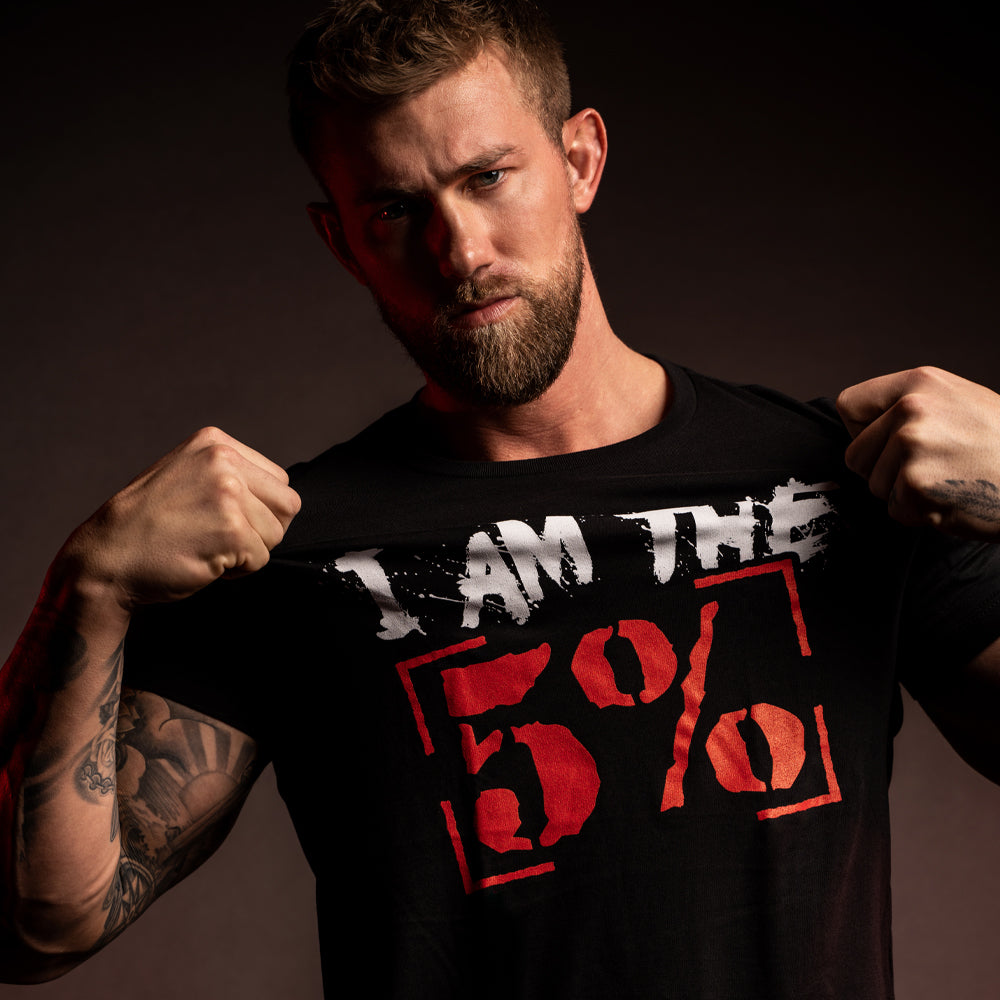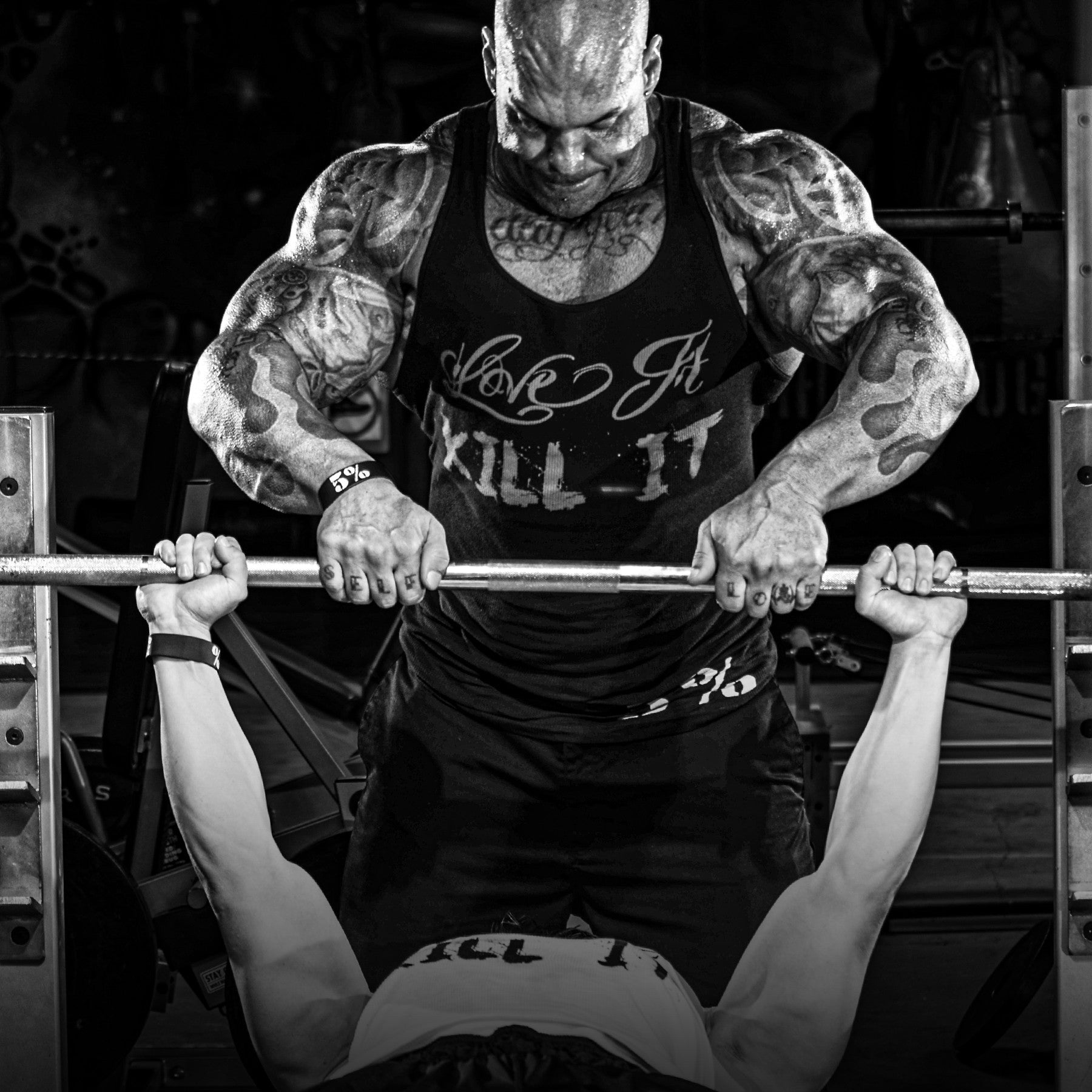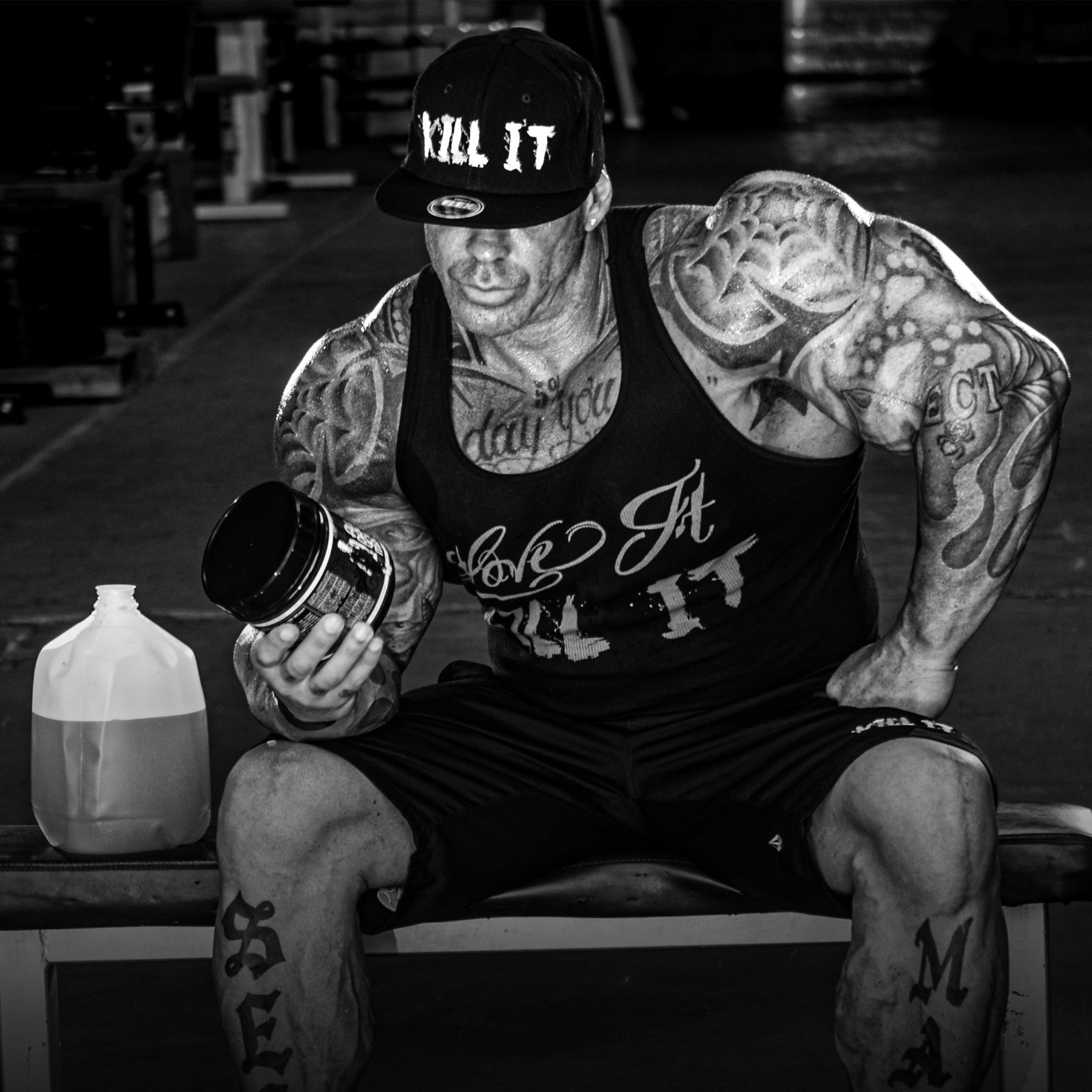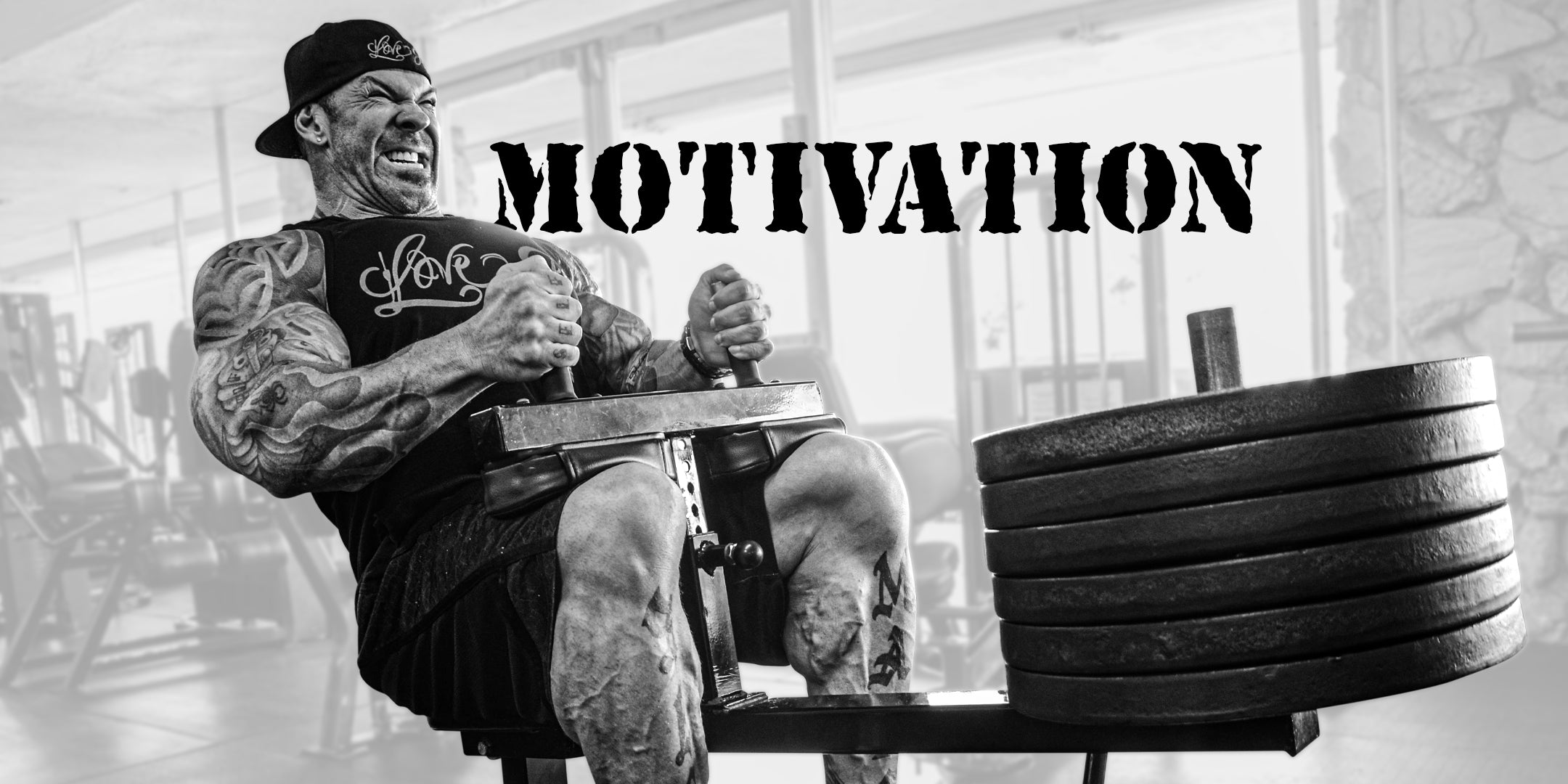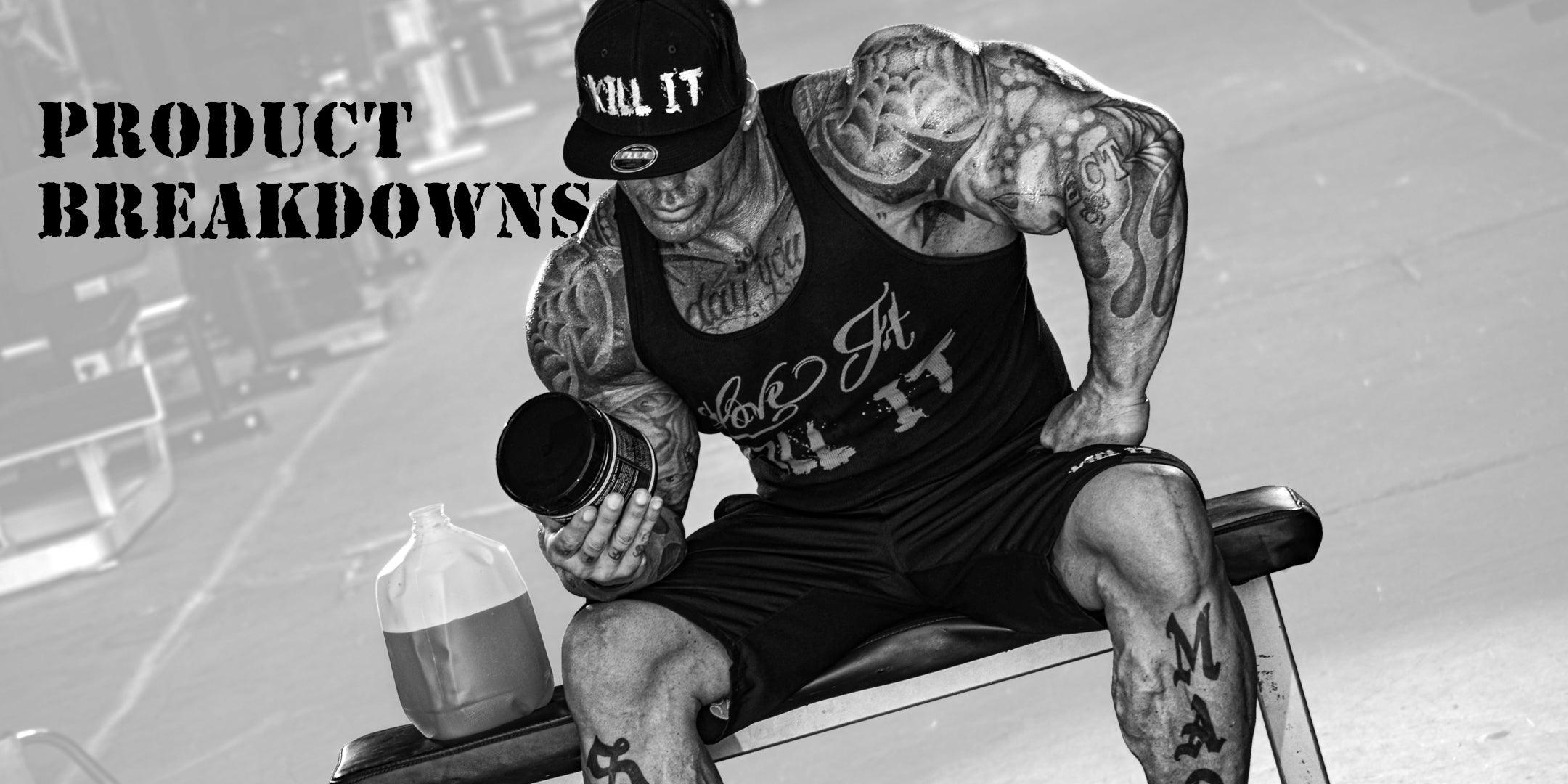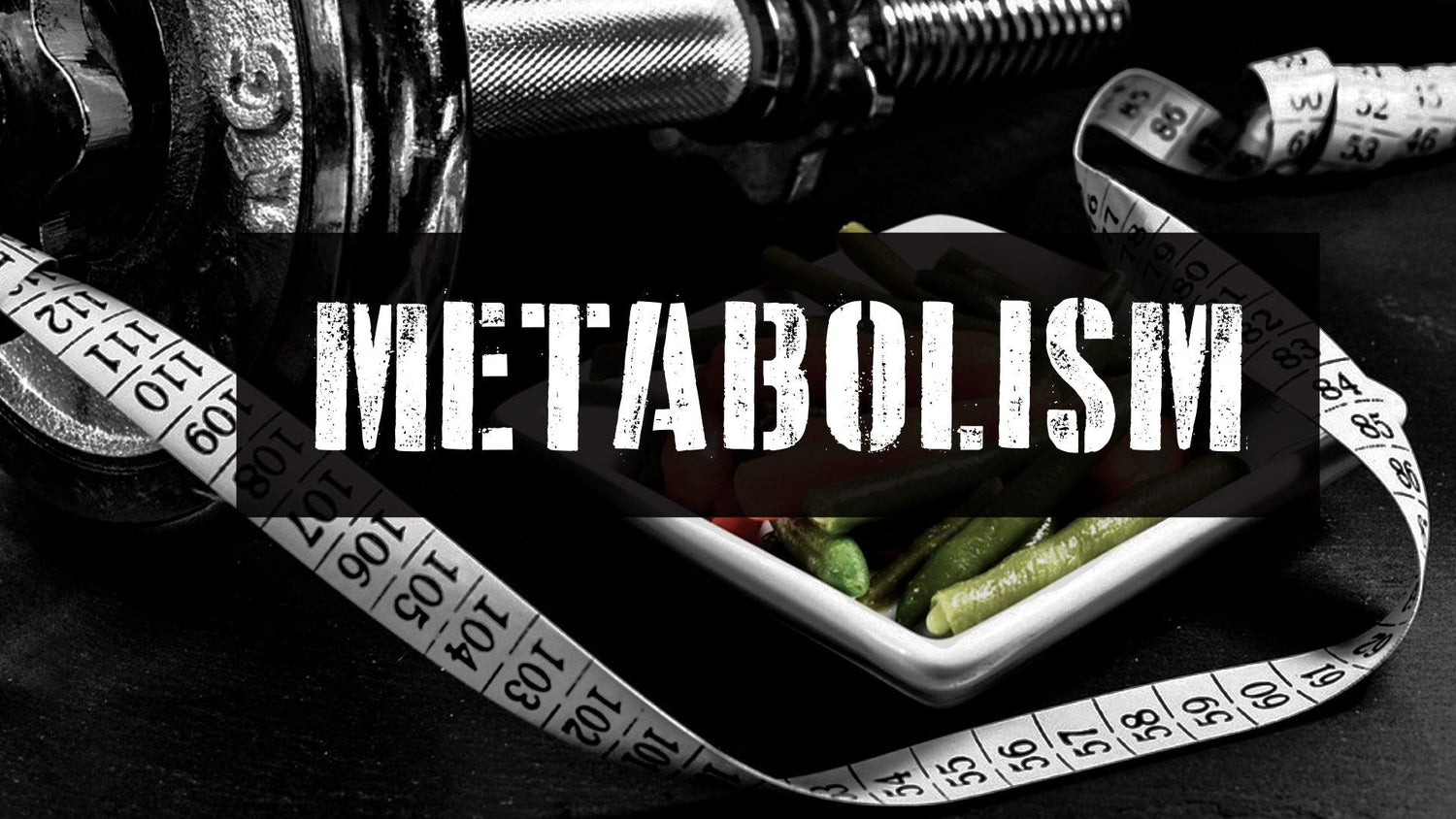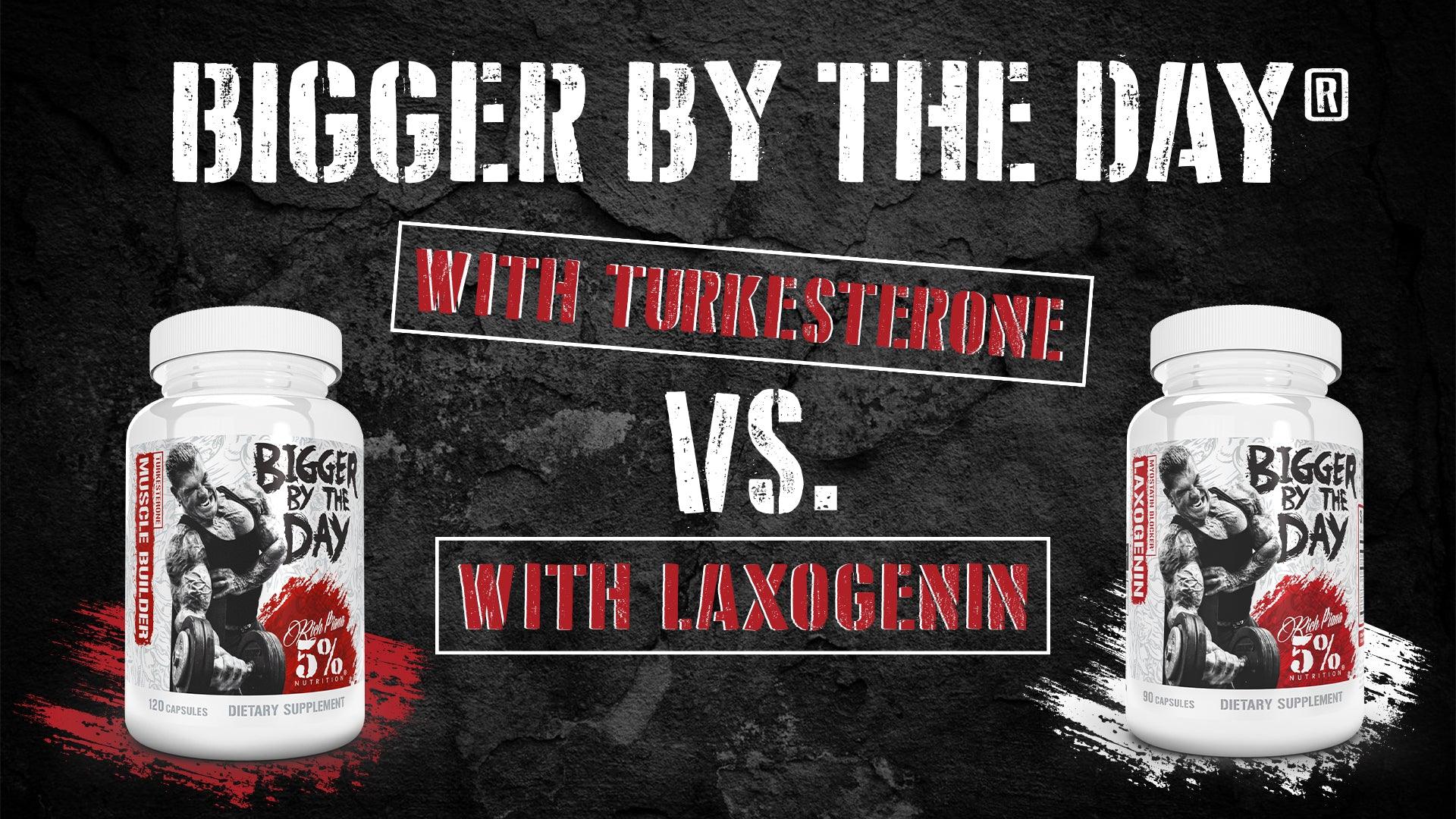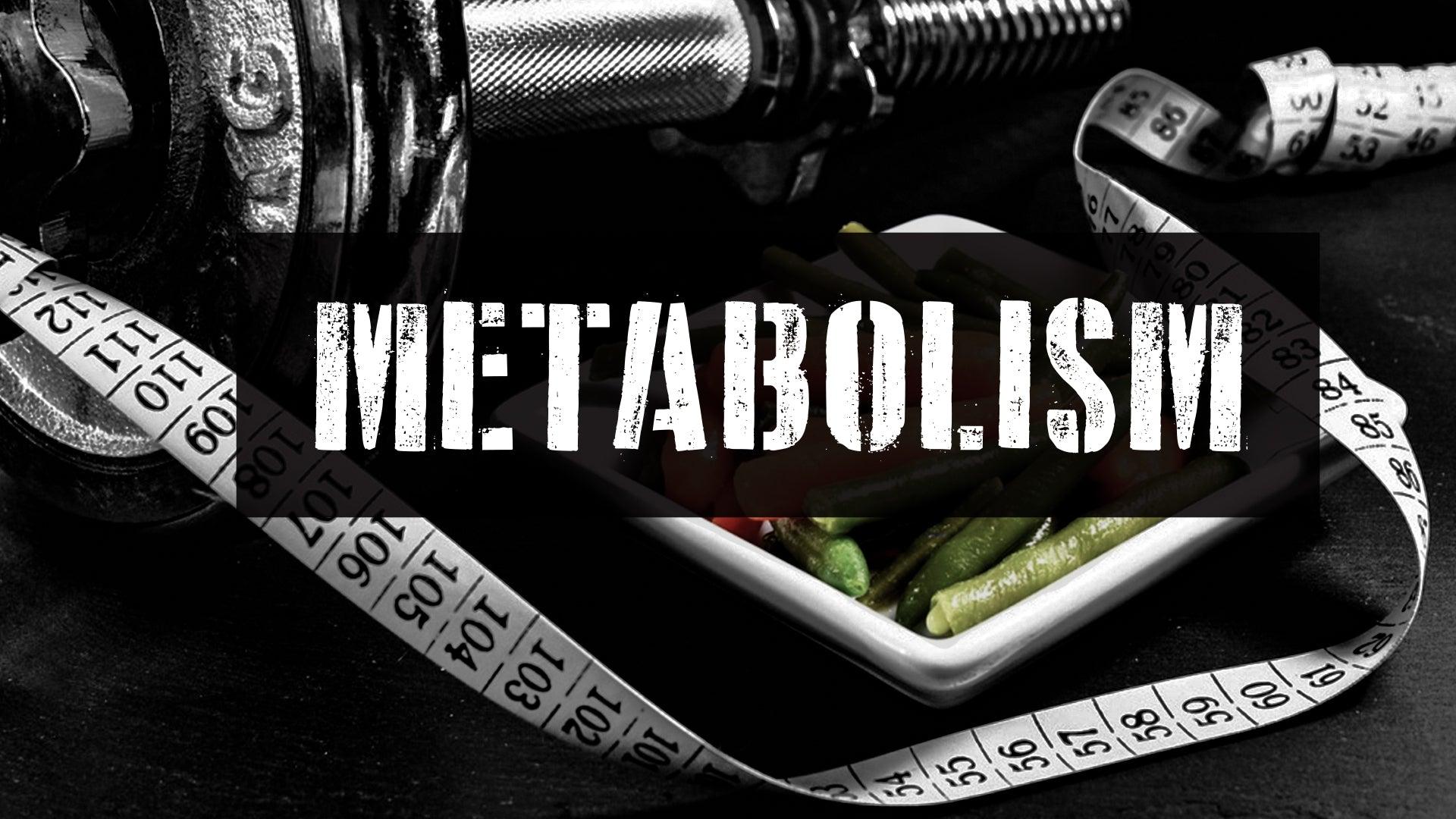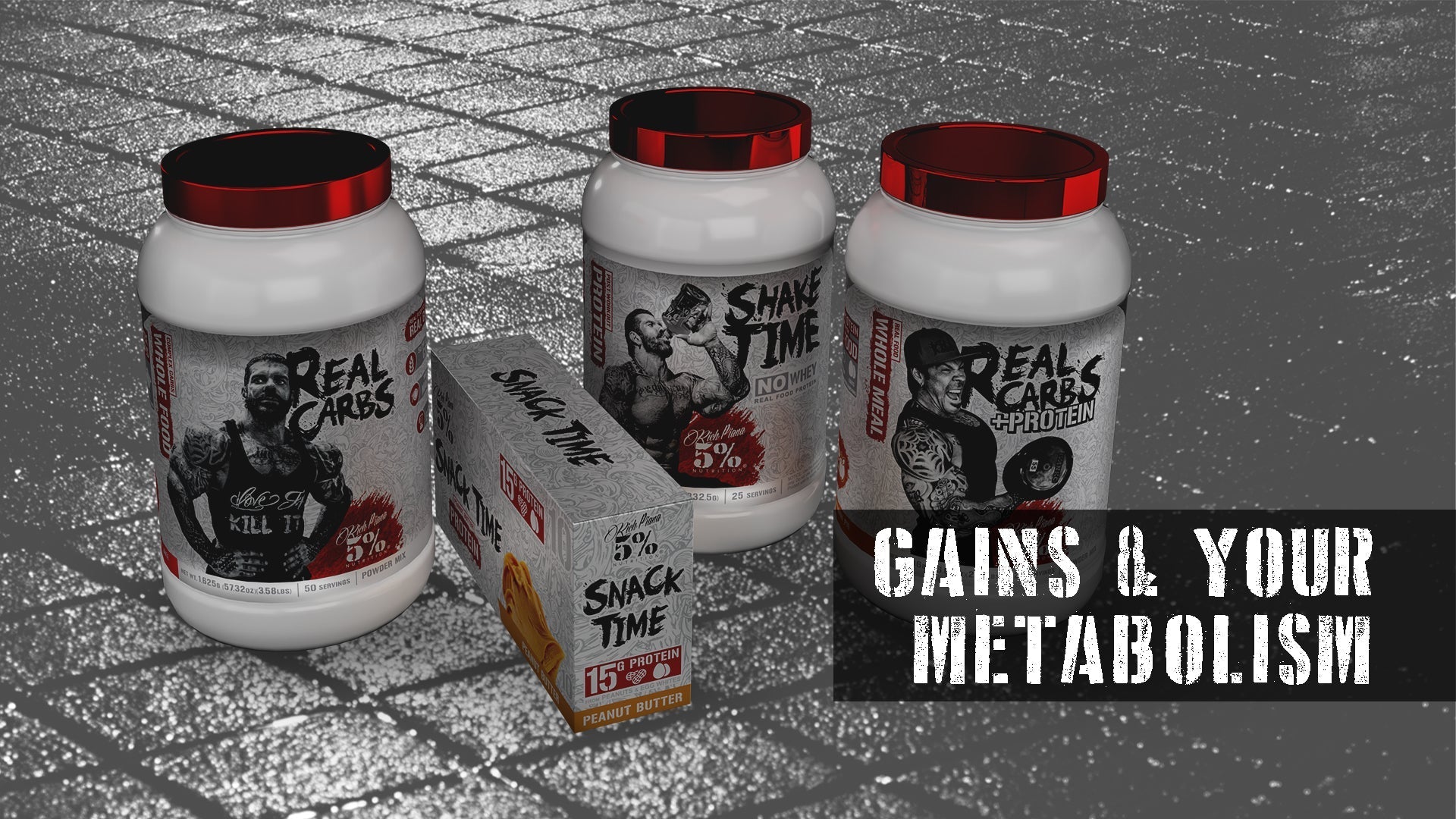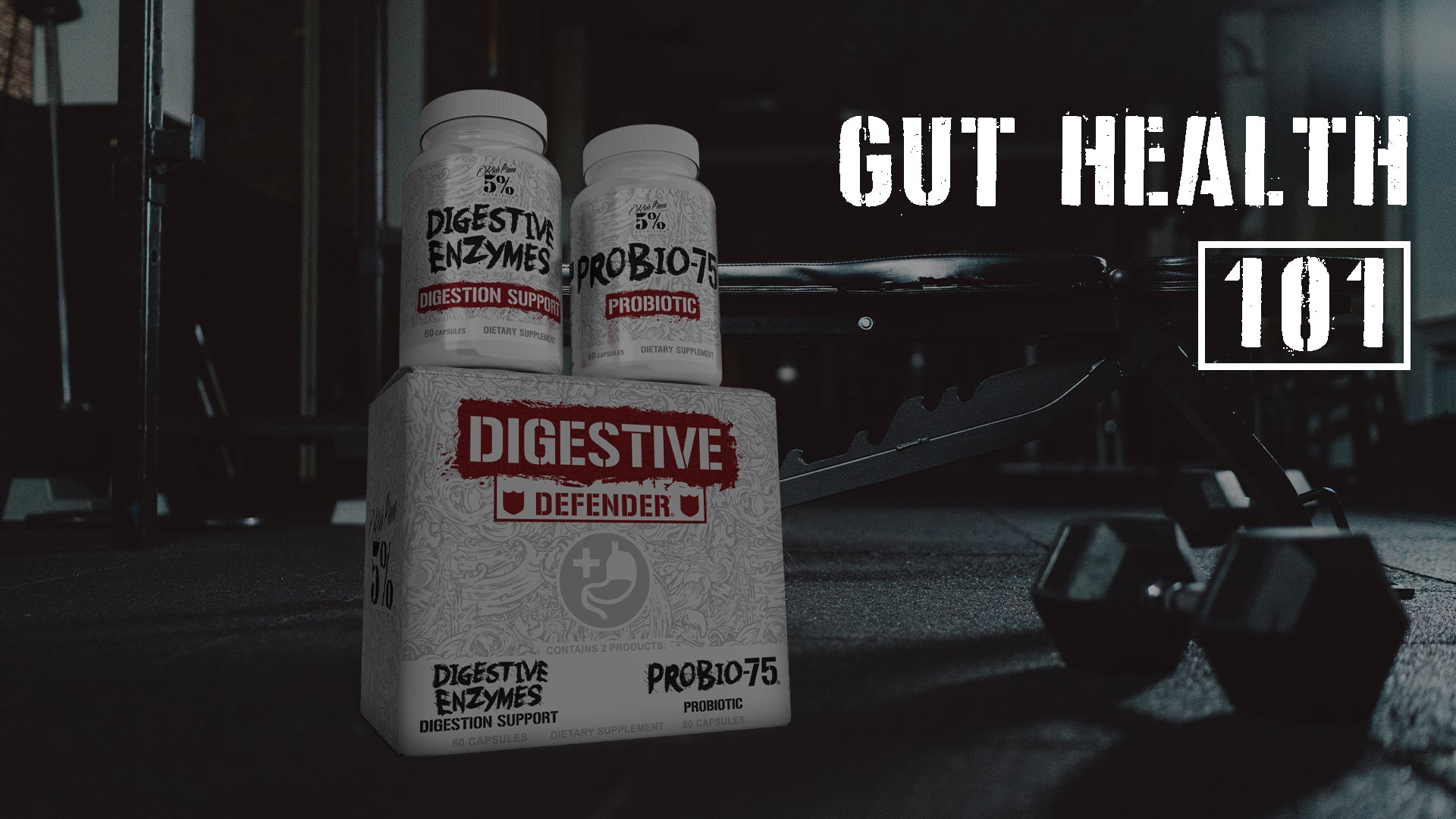Several things contribute to your success in the gym. Yet, knowledge is one of your biggest keys to progress. Whether you’re a bodybuilder, powerlifter, or other athlete, the more you know, the more effectively you can coordinate your training, nutrition, and 5% supplements for effective results. One of the things you should have a fundamental understanding of is metabolism. Understanding your metabolism can have far-reaching benefits.
In this 4-Part Series, we will look at what metabolism is and how it works. We will also look at the factors that affect your metabolic rate. Plus, we will explain how to calculate daily calorie requirements, and talk about the metabolic factors of muscle growth and weight loss.
What Is Metabolism?
We can define metabolism as the chemical processes that take place inside your body that create and use the energy we need for normal functioning. This involves the breakdown and use of the food we eat. (1)
The act of promoting normal functioning is known as homeostasis. As noted, your diet plays a primary role in this process. That’s because the energy required by your metabolism to promote normal body function comes from calories, which are defined as units of energy. (2)
The Misconception Of Calories
No doubt flavor plays a huge role in what foods we like. Add to that the fact that mainstream sources play up food as a source of enjoyment. It’s the endless pursuit of flavor by individuals that don’t understand the real function of food that has caused many of the diet-related problems we see today. Poor food choices lead to unwanted weight gain. This is primarily true when people take in more calories than their bodies can use. It’s compounded by taking in the wrong kind of calories.
What many people have forgotten is that ultimately, food is functional. Food provides the caloric energy and materials the body requires for everyday functions, including working out. Yes taste matters, but your food choices should reflect functional needs, not taste for the sake of taste.
How The Body Uses Calories
As noted, the body uses the energy we get from the food we eat to fuel the daily functions of metabolism. This will include protein for muscle repair, carbohydrates for glycogen storage, and fats for reserve energy. The body also uses fat for hormone manufacture and brain health. As mentioned, any excess calories not needed by the body are stored as body fat.
The 2 Phases Of Metabolism
The 2 phases of the metabolism are as follows. (2, 3)
Catabolism - This is the breakdown of foods into smaller particles used by the body for repair, growth, and to meet the energy needs of the body. It’s referred to as the tearing down or destructive phase of metabolism. It becomes especially destructive if an individual is not eating enough food. If there is not enough protein available in your diet, the body will resort to using muscle tissue. It will also use stored fat and protein from muscle tissue for energy in the absence of carbohydrates. The solution is to make sure you are eating consistently and not limiting or depriving yourself of macronutrients.
Anabolism - This is the positive or building-up phase of metabolism. It is the act of using energy from the food we eat to build and repair the body. This is the metabolic process that directly relates to bodybuilding, and it’s the state bodybuilders and other athletes strive to maintain. It’s also a term that has quite a few misconceptions. The term itself simply refers to a normal process of metabolism. It’s a process that is the same for everyone. There’s nothing more to it than that.
With that, we’re at the end of Part 1. In Part 2 of our Series, we’ll break down what BMR means and the factors that impact it.
References:
- Physiology, Metabolism - StatPearls - NCBI Bookshelf (nih.gov)
- What Is Homeostasis? - Meaning, Definition, And Examples (byjus.com)
- Cell Metabolism | Cell Biology | Tocris Bioscience
